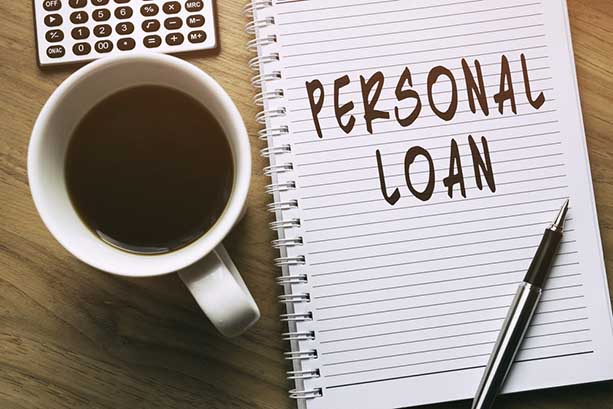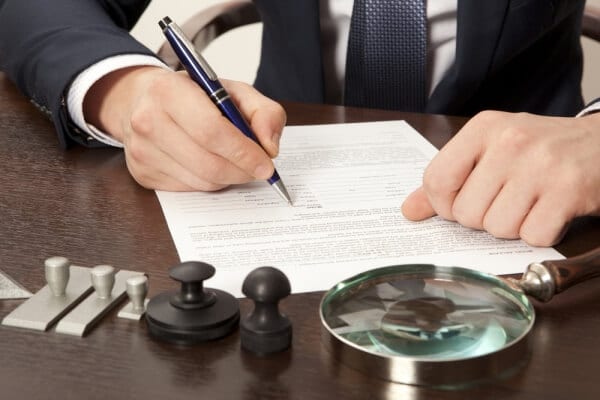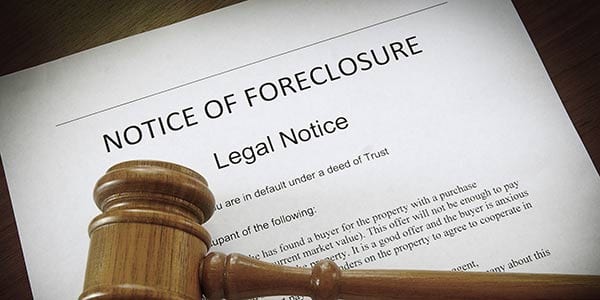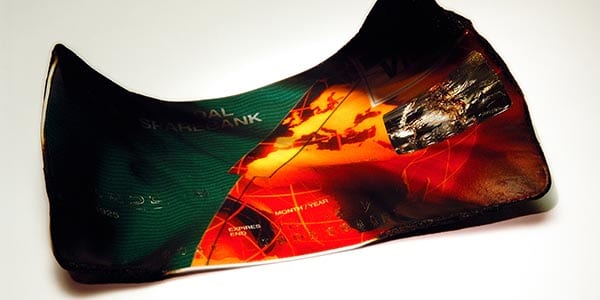Having bad credit can be stressful. That’s because a bad credit history has immediate consequences on your financial future. It impairs your ability to get a home loan, a personal loan or any other form of credit. If you’ve defaulted on loan repayments, applied for a credit card or entered a debt agreement, all these aspects can significantly affect your finances for years to come. Fortunately, no guarantor bad credit loans are a possibility. Find out your options below.
How can I get approved for bad credit loans?
Obviously, there are some things you can do to maximise the likelihood of getting a suitable loan, such as the following:
Avoid making numerous credit applications simultaneously
This may seem like the guaranteed way to obtain a loan; in fact, the more applications, the higher the odds of getting a loan, right? In fact, that is far from being true. This is a red flag to lenders, even for those who provide bad credit loans. This strategy could deter you from accessing credit in the future. If you already did that, you should at least wait for a while until you make other applications.
Use a personal loan calculator
Personal loan calculators can be genuinely helpful. You can use one to determine if you can afford to make repayments for a certain loan or not. Bear in mind that lenders will accept your application only if you have the financial means to make repayments. This applies to both bad credit loans and conventional loans.

Check your credit score to know where you stand
Let’s say that you already know that your credit rating isn’t the best. However, we advise you to have it checked. This way, you can verify your standing point. Apart from that, your credit rating may contain mistakes and inaccuracies. In this case, you can have them corrected.
What are my loan options if I have bad credit?
If you want to get approved for bad credit loans without a guarantor, this reduces your options. The primary reason why it is recommendable to opt for guarantor loans is that this increases your reliability as a borrower, maximising the likelihood of obtaining the desired financing. However, you can also opt for the following:
Secured personal loans
An option would be getting a secured personal loan, involving collateral such as the equity in your home or another significantly valuable asset. This way, a lender would be more willing to provide you financing, overlooking the negative listing on your credit history.
However, the obvious risks that come with the territory are that if you default on the loan, you’ll end up losing the asset placed as security. Even so, without collateral and guarantor, your chances of getting a loan are minimal, unfortunately.
Short term loans
If you want to borrow a fixed sum, up to $2,000, you could pick a short-term loan from a payday lender. The thing is that these lenders don’t concentrate on your credit history. In fact, they are much more focused on your current financial possibilities and capability of making repayments.

What Else Should I Consider?
It’s important to note that bad credit loans with no guarantor are high cost. This is a general rule. So, you should know what to expect if you do decide to go for it. Obviously, these loans involve high risks for the lender. Therefore, it makes sense that the lender would charge enormous fees.
And lastly, bear in mind that numerous disputable lenders operate in the realm of bad credit loans. In other words, you should pay attention to scammers that might claim to solve all your financial difficulties, irrespective of their severity.
So, we strongly recommend you to double-check each loan and its specifications noted in the fine print before signing any documents. ASIC has actually warned Australians that they should be doubly wary when it comes to applying for bad credit loans due to the high-interest fees and inflexibility. Apart from that, the repayment period could be shorter than in the case of conventional loans, which would make it even more challenging for you to deal with the situation.
Additionally, make sure you factor in the additional fees, which are added to the costs of the loan, aside from the interest rates.
Conclusion
When you apply for a no guarantor credit loan, you should be wary and attentive to the loan terms. If your financial position allows you, you should wait a while until you may afford to get another type of loan, to avoid paying a significant amount of money in interest fees and other charges.
By all means, choose a reliable lender. On that note, contact us for a free consultation and assessment for your loan enquiries as our experienced specialists are keen on helping people with bad credit and provide them with excellent services. Call us now on 1300 138 188 or enquire here for our bad credit loan option today.












